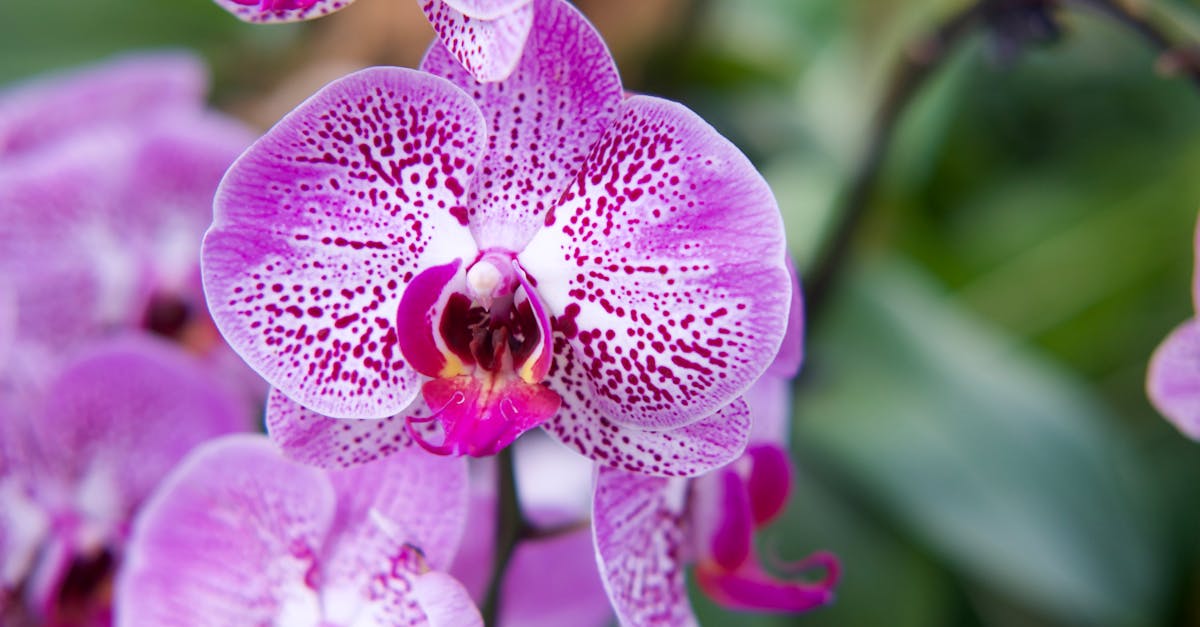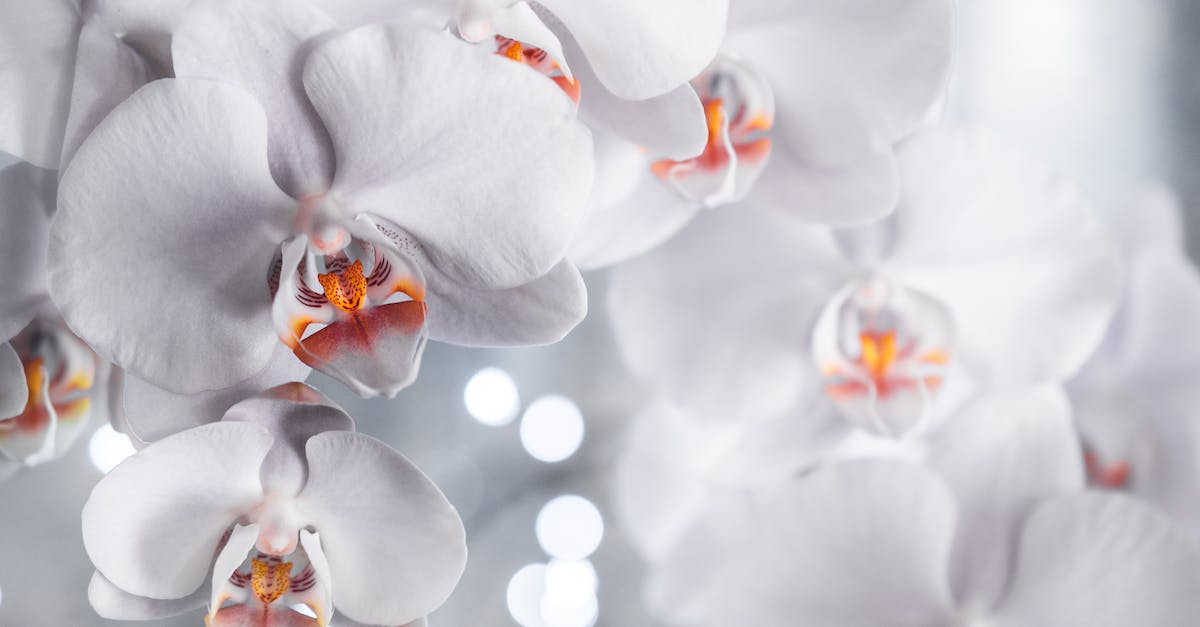Orchids are stunning and delicate flowers that require special care to thrive. Whether you’re a seasoned gardener or a beginner, orchid care can seem intimidating. However, with the right knowledge and techniques, you can enjoy the beauty of these exotic plants in your own home. In this guide, we’ll explore the ins and outs of how to take care of orchids, including repotting and dividing, as well as proper watering techniques. By following these tips, you can ensure that your orchids stay healthy and vibrant for years to come.
Main Points
- Understanding the specific needs of orchids
- Proper repotting and dividing techniques
- Correct watering methods for orchids
Understanding Orchid Care: A Beginner’s Guide
Orchids are delicate and elegant flowers that require special care and attention. Caring for orchids can be a rewarding experience, but it is important to understand the unique needs of these beautiful plants. Here are some essential tips for orchid maintenance:
1. Light
Orchids need plenty of indirect sunlight to thrive. Place them near a window where they can receive bright, filtered light throughout the day.
2. Watering
It’s crucial to water orchids sparingly. Overwatering can lead to root rot, so allow the top layer of the soil to dry out between waterings. This is one of the most important aspects of orchid care.
3. Temperature and Humidity
Orchids prefer warm and humid environments. Keep them away from drafts and ensure that the air around them is adequately moist.
By understanding the unique requirements of orchid care, you can ensure that your plants thrive and bloom beautifully.
Choosing the Right Environment for Orchids
When it comes to caring for orchids, it is crucial to provide the right environment for these delicate plants to thrive. This includes paying close attention to orchid watering, orchid light requirements, and orchid potting mix.
Orchid Watering
Orchids require careful watering to prevent root rot. It is important to water them thoroughly, allowing excess water to drain away and not allowing them to sit in water.
Orchid Light Requirements
Orchids need indirect light to thrive. Placing them near a window with sheer curtains or using artificial grow lights can provide the right amount of light for these plants.
Orchid Potting Mix
| Material | Purpose |
|---|---|
| Bark | Provides aeration for the roots |
| Sphagnum moss | Retains moisture |
| Perlite | Improves drainage |
Choosing the right orchid potting mix is essential for providing the proper support and drainage for these plants.
By paying attention to these key factors and providing the right environment for your orchids, you can ensure they will thrive and bloom beautifully.
Watering and Feeding Orchids: Best Practices
Orchid care can be a bit tricky, especially when it comes to watering and feeding. These beautiful and delicate plants require specific care to thrive. When it comes to watering, it’s important to find the right balance. Overwatering can lead to root rot, while underwatering can cause the plant to dry out. Typically, orchids should be watered once a week, allowing the water to drain completely. As for feeding, a balanced orchid fertilizer should be used every 2 weeks during the growing season. By following these best practices, you can ensure that your orchids remain healthy and vibrant.
Managing Orchid Pests and Diseases
Orchids are beautiful and delicate flowers that require proper care to keep them healthy and free from pests and diseases. Here are some tips to manage orchid pests and diseases:
1. Identify the Problem
Inspect your orchids regularly for any signs of pests or diseases. Look for yellowing leaves, white powdery residue, or unusual spots on the plant.
2. Control Pests
If you notice any pests such as aphids or mealybugs, remove them by hand and treat the plant with a safe insecticidal soap.
3. Prevent Diseases
Proper watering and ventilation are essential to prevent diseases such as root rot or fungal infections. Ensure that the orchid’s environment is clean and well-maintained.
4. Use Natural Remedies
Consider using natural remedies such as neem oil or cinnamon powder to deter pests and boost the plant’s natural defenses.
5. Seek Professional Help
If you are unsure about how to manage a specific pest or disease, seek advice from a professional orchid grower or a horticulturist.
By following these careful orchid care practices and staying vigilant, you can protect your orchids and ensure they thrive in a healthy environment.
Repotting and Dividing Orchids: Tips and Techniques
Orchids are delicate and beautiful flowers that require special care when it comes to repotting and dividing. Repotting orchids is essential for their health and growth, as it allows for better drainage and aeration of the roots. When dividing orchids, it’s important to choose the right time and technique to ensure the health of the plants. Here are some tips and techniques to help you successfully repot and divide your orchids.
Repotting Orchids
When repotting orchids, it’s important to use a suitable potting mix that provides good drainage and aeration. Carefully remove the orchid from its old pot, trim any dead roots, and repot it in a slightly larger pot with fresh potting mix. Water the orchid thoroughly and place it in a suitable location with the right amount of light and humidity.
Dividing Orchids
Dividing orchids is a great way to propagate new plants and rejuvenate older ones. Choose a healthy orchid with multiple pseudobulbs and carefully divide it into smaller sections, making sure each division has enough roots and new growth. Repot the divided sections into separate pots with fresh potting mix and care for them as you would with a new orchid.
By following these tips and techniques, you can successfully repot and divide your orchids, ensuring their continued health and beauty.


